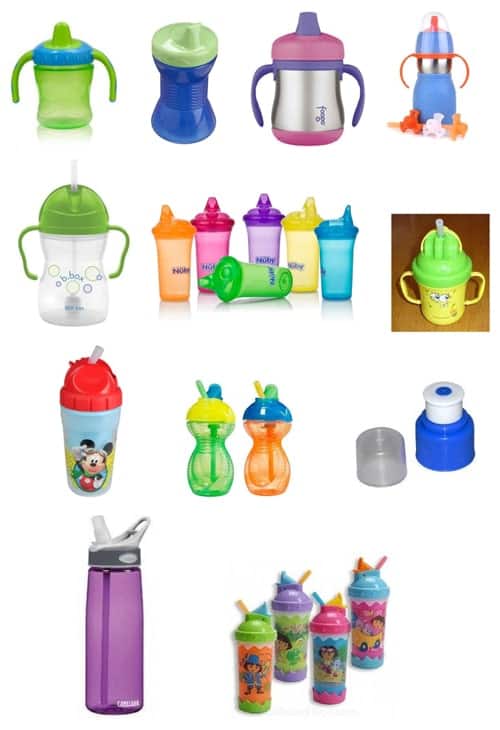In an effort to help assist with oral-motor development and speech clarity, I have put together a list of do's and don't for drinking vessels.
Children have the oral-motor capacity to drink from a cup at approximately six months of age, and a straw by nine months of age. Children should give up the pacifier at 4-6 months and the bottle at 12-15 months. Therefore, if your child is still on a pacifier or bottle past these ages, your child is already “at risk” for speech clarity delays.
There are many "sippy cups" on the market as well as straws with two way valves to lure parents into "spill free living." With working parents, and all of us on the go, it is peaceful to think we can give our child a drink when we are in the car, shopping or that a child can roam freely without making a mess. The problem is THESE CUPS HAMPER ORAL-MOTOR DEVELOPMENT. While there may not be a 1:1 correspondence between feeding and speech the systems are connected. By allowing children to "suckle" (which is what happens with a bottle, sippy or 2-way valve straw cup), we are prohibiting a mature swallow from developing and provoking a "tongue-thrust swallow." It is a tongue thrust that often leads to a lisp.
Here are a few cups to ban from your home:
You may be saying ....."then what can I use?" Good news , there are plenty of cups and straws to say YES to.
What to look for:
Straws that provide a lip block
Cups that have a rim to provide lip support
Cups with a raised brim
Straws that are firm

Accessibility Menu


